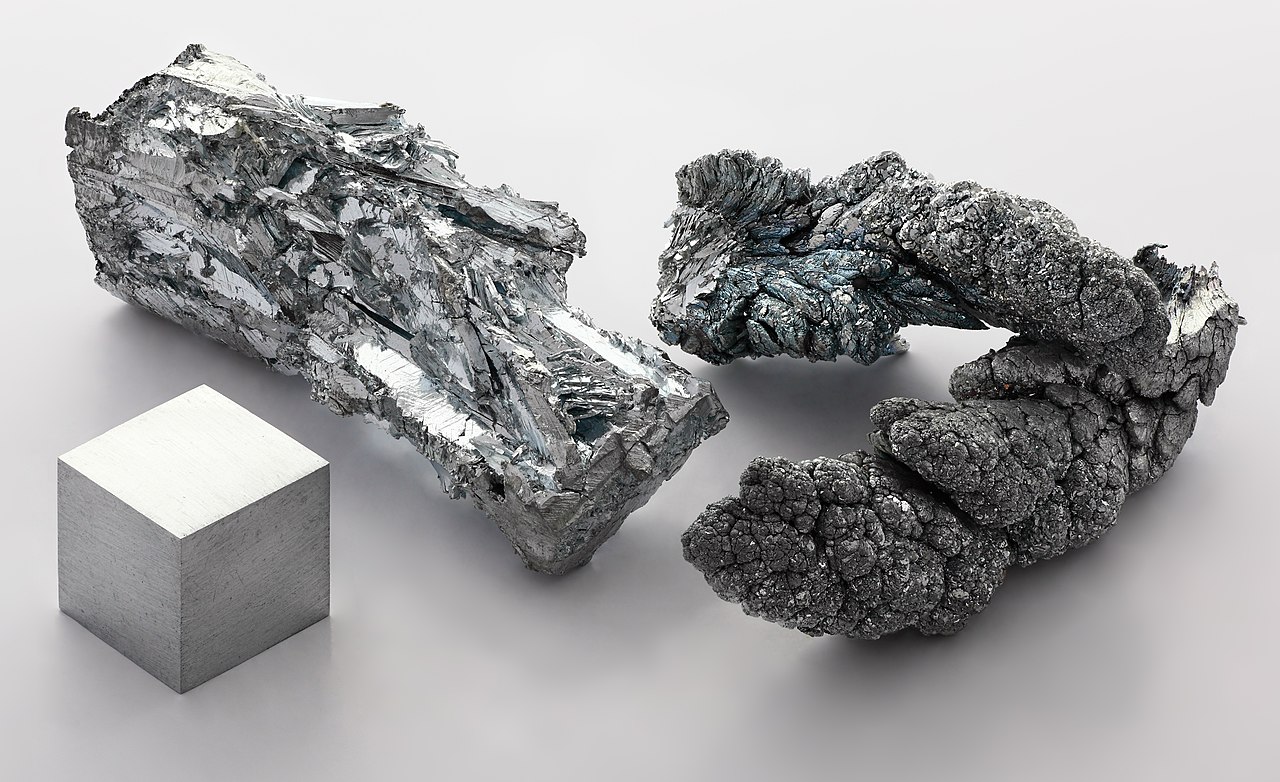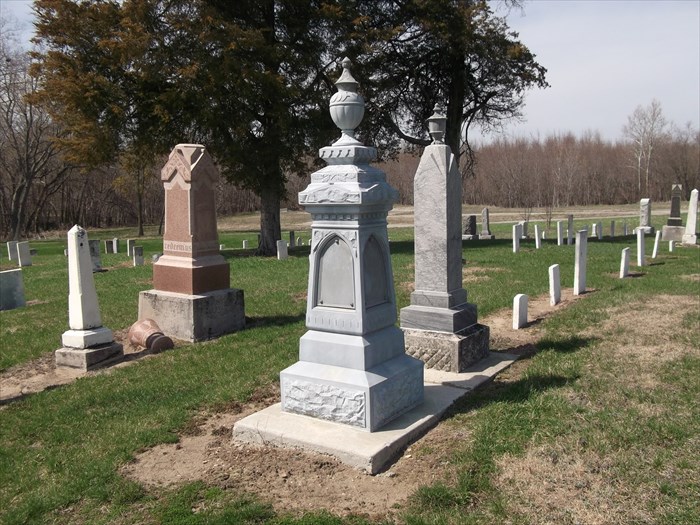What is zinc?

Zinc makes up about 75 ppm (0.0075%) of Earth's crust, making it the 24th most abundant element. Soil contains 5–770 ppm of zinc with an average of 64 ppm. Seawater has only 30 ppb zinc and the atmosphere contains 0.1–4 µg/m3.
The element is normally found in association with other base metals such as copper and lead in ores. Zinc is a chalcophile, meaning the element has a low affinity for oxides and prefers to bond with sulfides. Chalcophiles formed as the crust solidified under the reducing conditions of the early Earth's atmosphere. Sphalerite, which is a form of zinc sulfide, is the most heavily mined zinc-containing ore because its concentrate contains 60–62% zinc.
Other minerals from which zinc is extracted include smithsonite (zinc carbonate), hemimorphite (zinc silicate), wurtzite (another zinc sulfide), and sometimes hydrozincite (basic zinc carbonate). With the exception of wurtzite, all these other minerals were formed as a result of weathering processes on the primordial zinc sulfides.
Identified world zinc resources total about 1.9 billion tonnes. Large deposits are in Australia, Canada and the United States with the largest reserves in Iran. At the current rate of consumption, one source has estimated these reserves could be depleted sometime between 2027 and 2055. About 346 million tonnes have been extracted throughout history to 2002, and one estimate found that about 109 million tonnes of that remains in use.
Use of zinc as tombstones
In the mid-1800s the Industrial Revolution was at full speed. M. A. Richardson and C. J. Willard came up with a new way to capitalize on the new factory system and the Victorian mourning traditions of the time. In 1873, Richardson began inventing monuments made of zinc. Unable to get enough capital, he sold out and the Monumental Bronze Company started officially in 1879. The idea was simple. Prefabricate most of the monument, then just fill in names and dates and other personalization to get the customers what they wanted. They were easier to construct than traditional stone monuments, as well as, cheaper to produce and ship. Sales hit their peak in the 1880s. Some people however, thought the monuments cheap imitations and banned them. By WWI, production was shut down as all zinc was needed for the war effort.
To construct the monument a mold was constructed just like for granite or marble monuments. After the mold was finished, the zinc was heated beyond its melting point to ensure a better fuse then traditional soldering. The monument was then sandblasted and chemically oxidized to resemble granite and receive its bluish cast. When exposed to the carbon dioxide (CO2 ) in the atmosphere, zinc naturally covers itself in a layer of zinc carbonate Zn5(OH)6(CO3)2. This prevents further reaction with air and water. Strong acids, or even acid rain, however will still trigger a chemical reaction.
One problem that cemeteries has is weathering of stones or the breakdown of rock in situ, that is without moving, and should not to be confused with erosion. Traditional stones are made of granite, limestone, or marble. Marble tends to be a very soft stone and weathers quickly. Granite tends to take a while longer, but still fades over time. Limestone is affected by acid rain but will last rather a long time. Weathering is caused by the elements like rain and ice, or even biological means like lichens and ivy. Weathering varies by location based on a host of variables, but a study in Yorkshire, England found that the average marble stone became difficult to read after 70-80 years while igneous rocks, like granite, lasted up to 100-150 years in comparison.
One weakness that has damaged these zinc monuments is caused by the pressure from their own weight. Zinc has a tendency to creep, or bend when it's exposed to pressure over time. This creeping action may also cause tiny cracks on some of the monuments. Obviously, smaller markers do not exhibit this problem. Proper seating/mounting on concrete bases was important to reduce creep & corrosion from prolonged contact with the soils.

You should see two headstones within a few feet of the given coordinates. One is for the Mary Collier. The other is James Collier. Take a close look at them and answer the questions below.
To get credit for this earthcache, answer the following. Please email the CO or send a message.
Compare the weathering of the white bronze monument to those around it. In terms of readability and resistance to lichens and discolorations, which markers are holding up the best? Would you estimate that the Yorkshire study is valid in the Indiana area with stones lasting about 100 years for readability?
- Take a close look at the details on the white bronze (zinc) monument. How long do you think that this monument might last in comparison?
- Do you notice any signs of weathering? Do you notice any creeping at the base?
- The monument itself is hollow. It is said that is some cemeteries, the gardeners would hide their tools in them. Later, outlaws and bootleggers used their hollow structure to their advantage also. Look closely at the base of the larger Collier monument. Do you see any issues caused by this construction? If the monument was even larger, what do you think might happen?
- Post a picture of yourself (face not required) or a personal item at zinc monument.